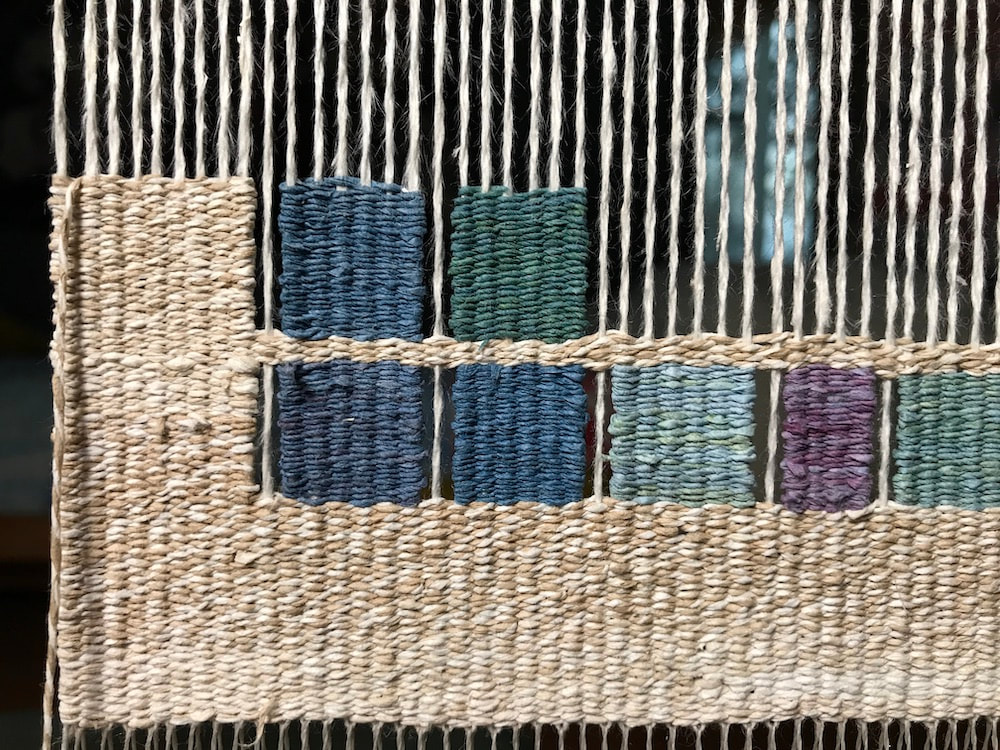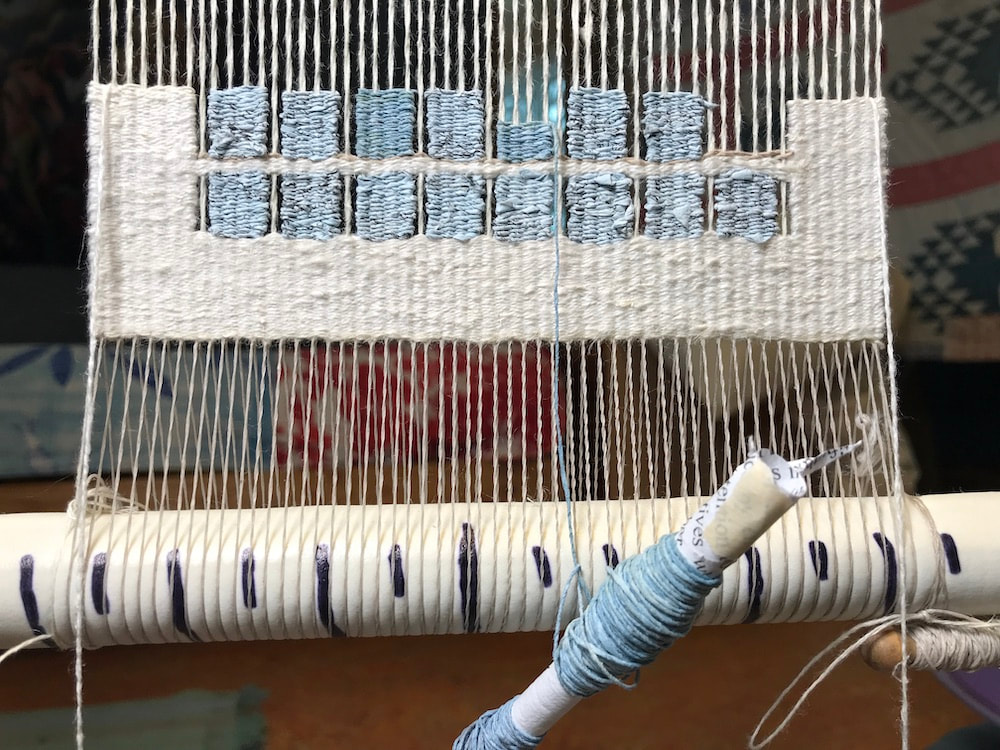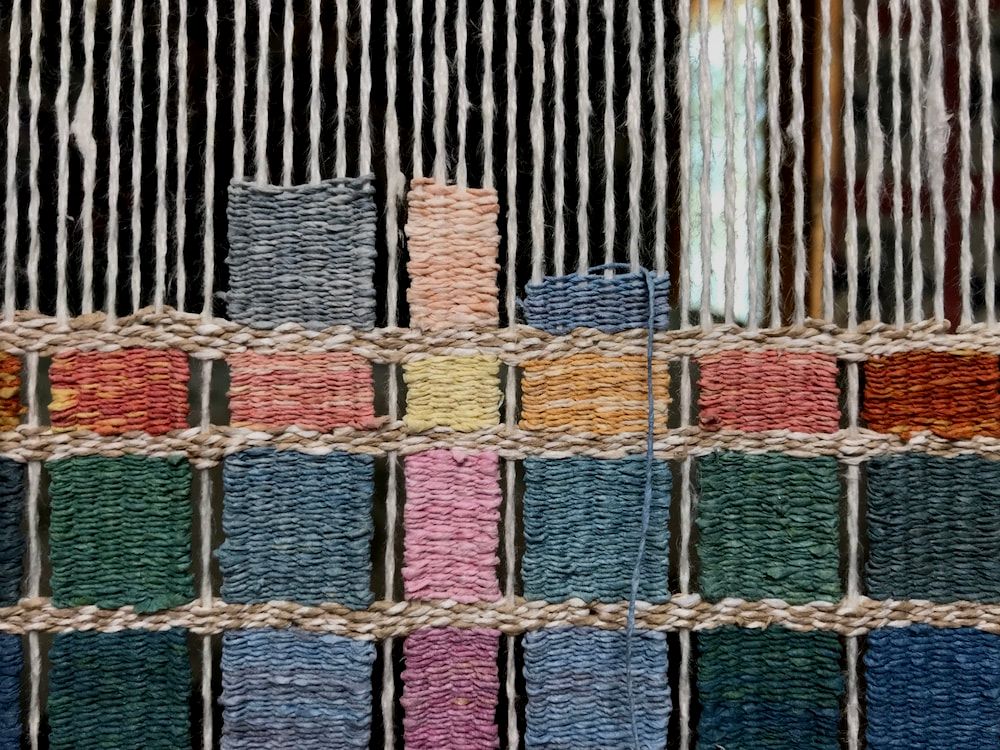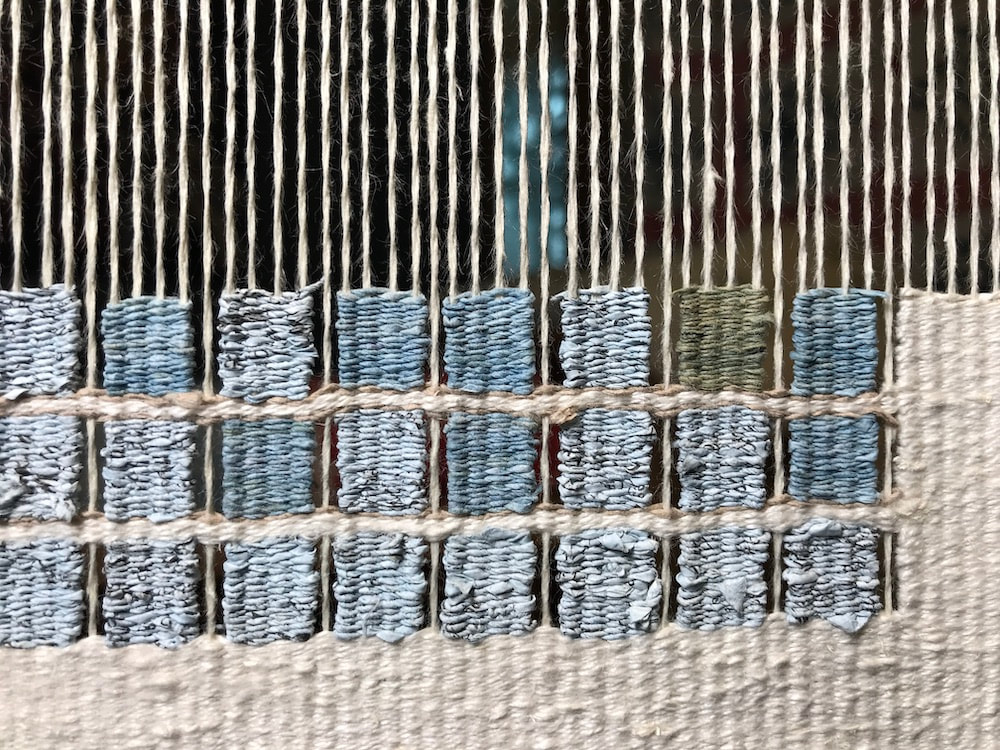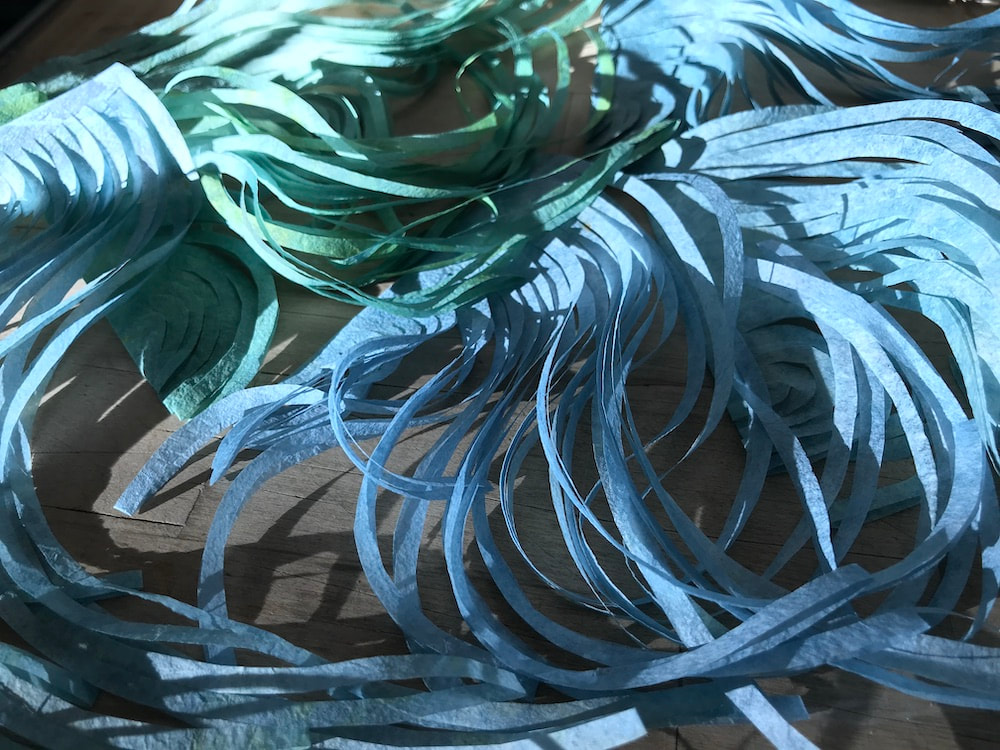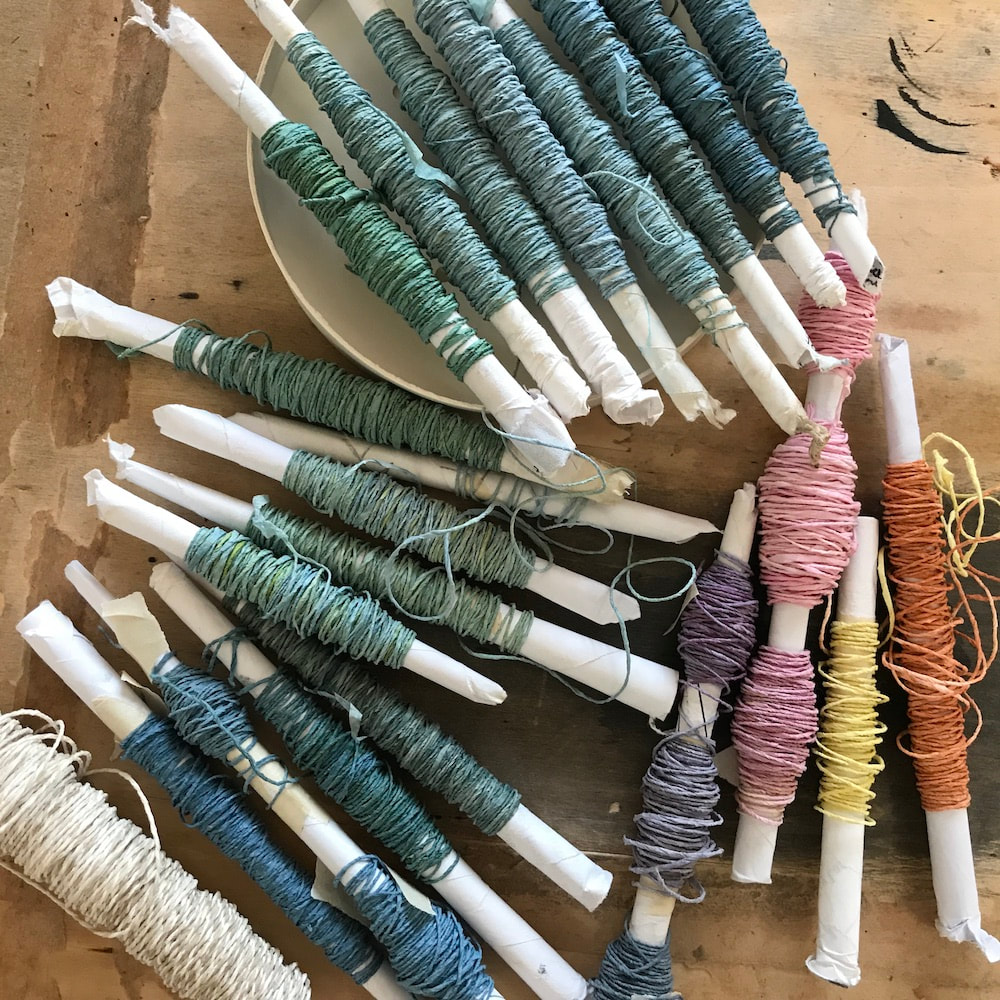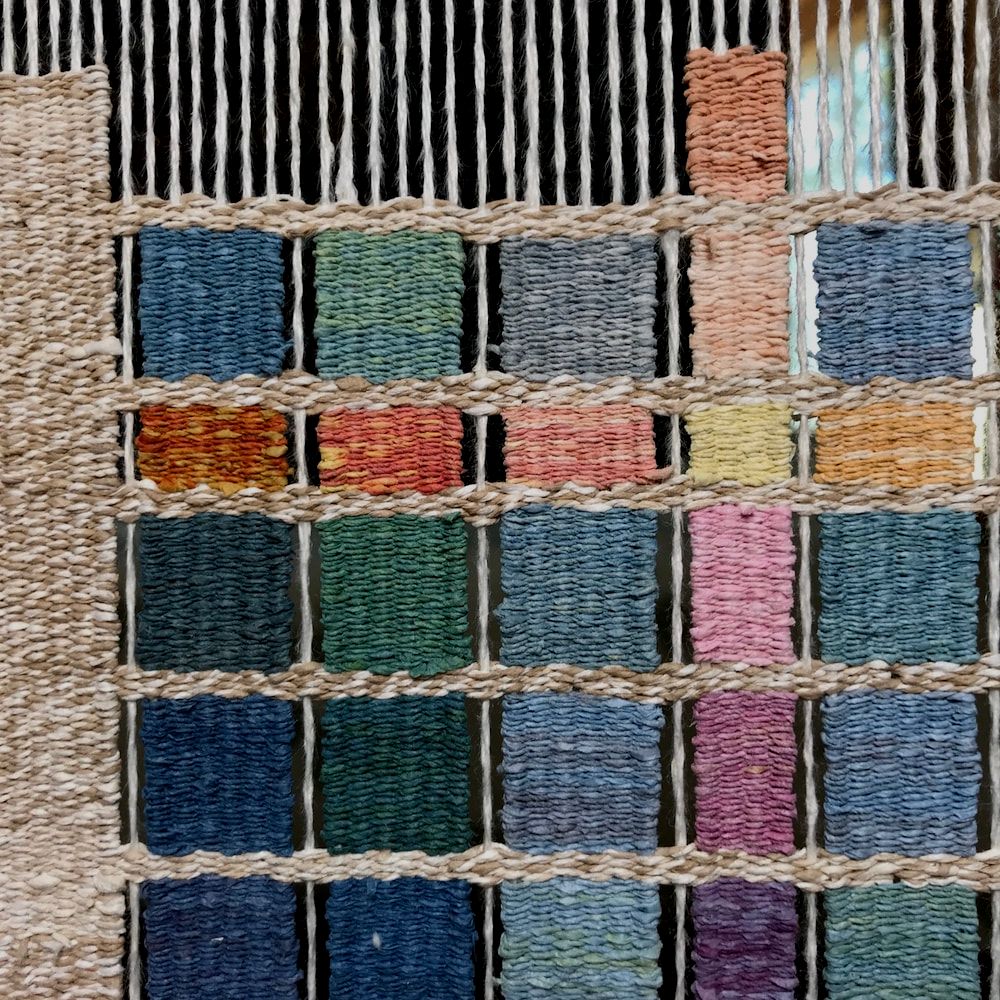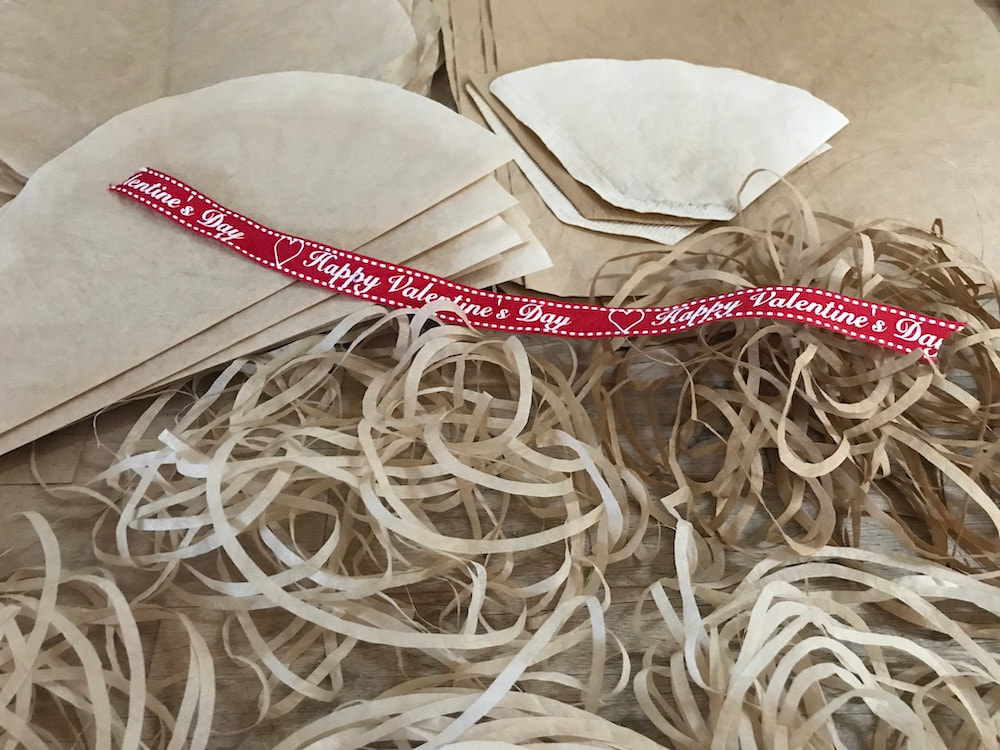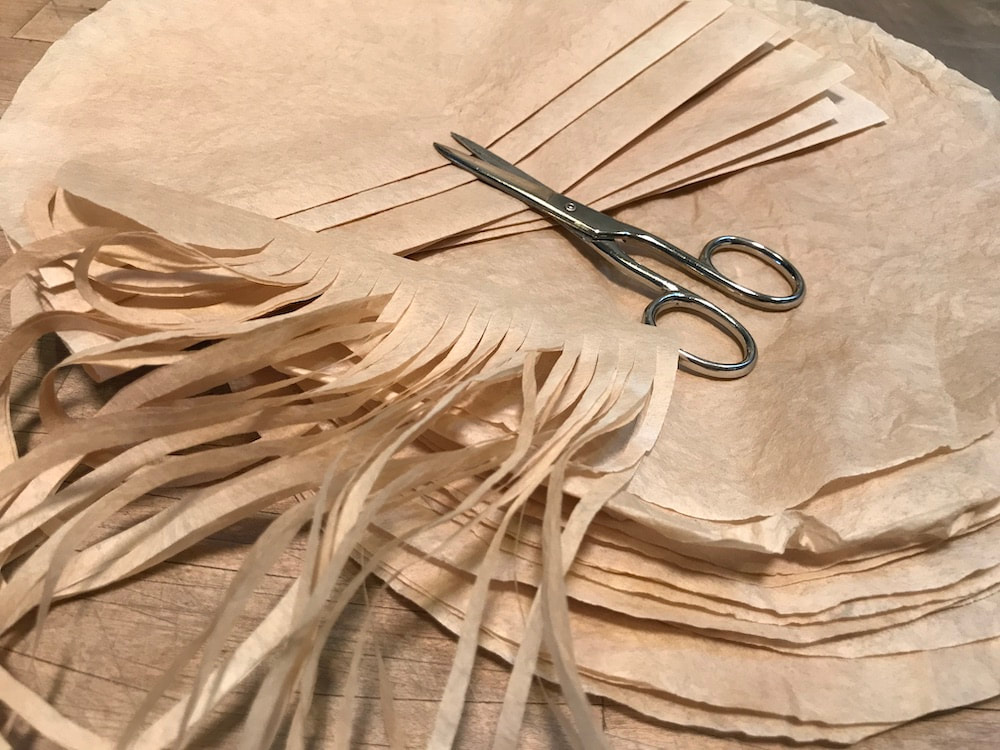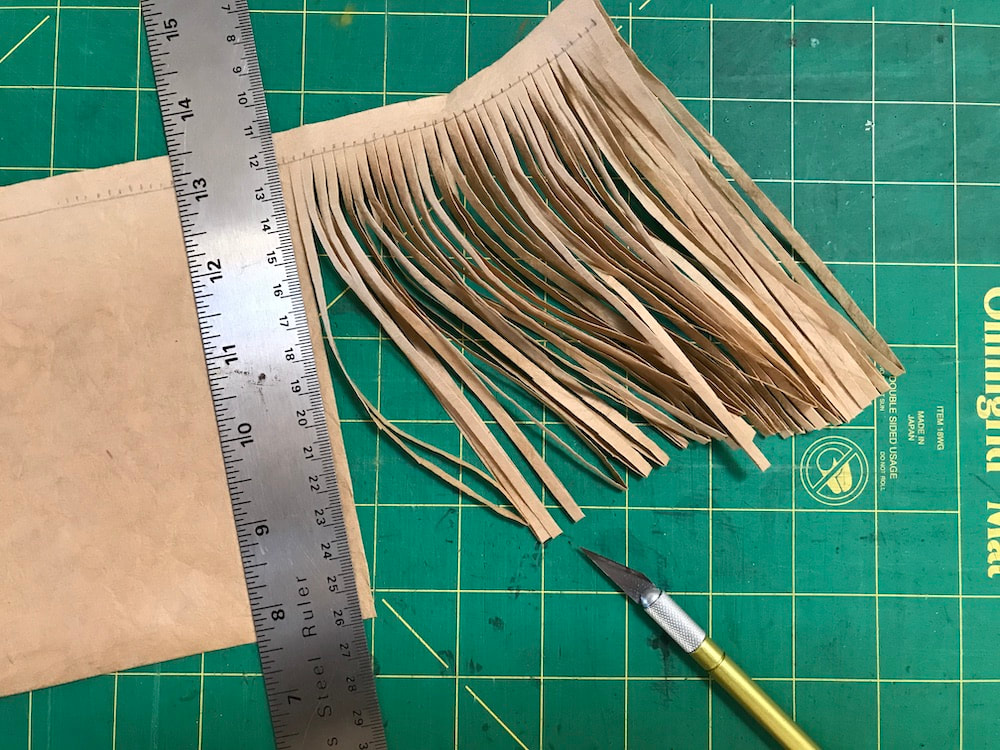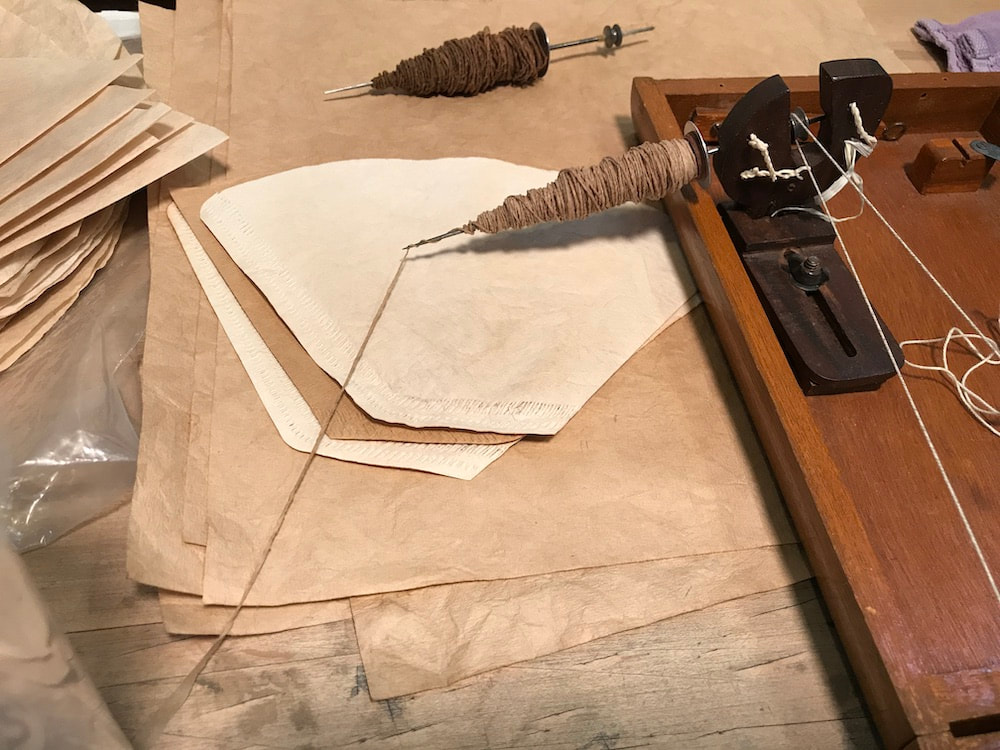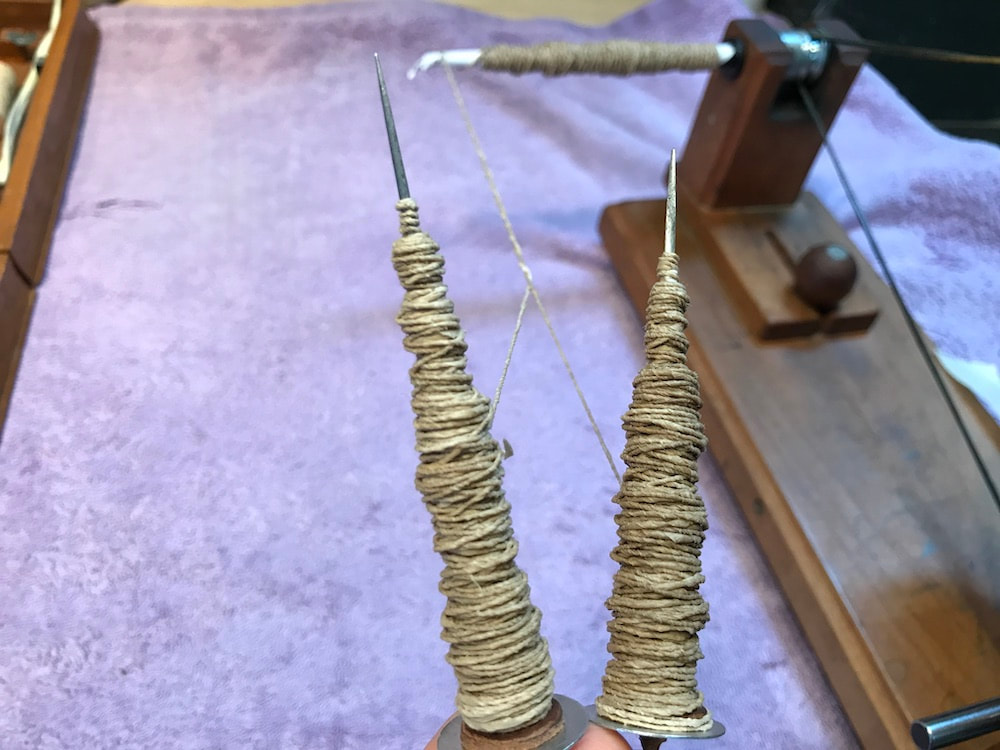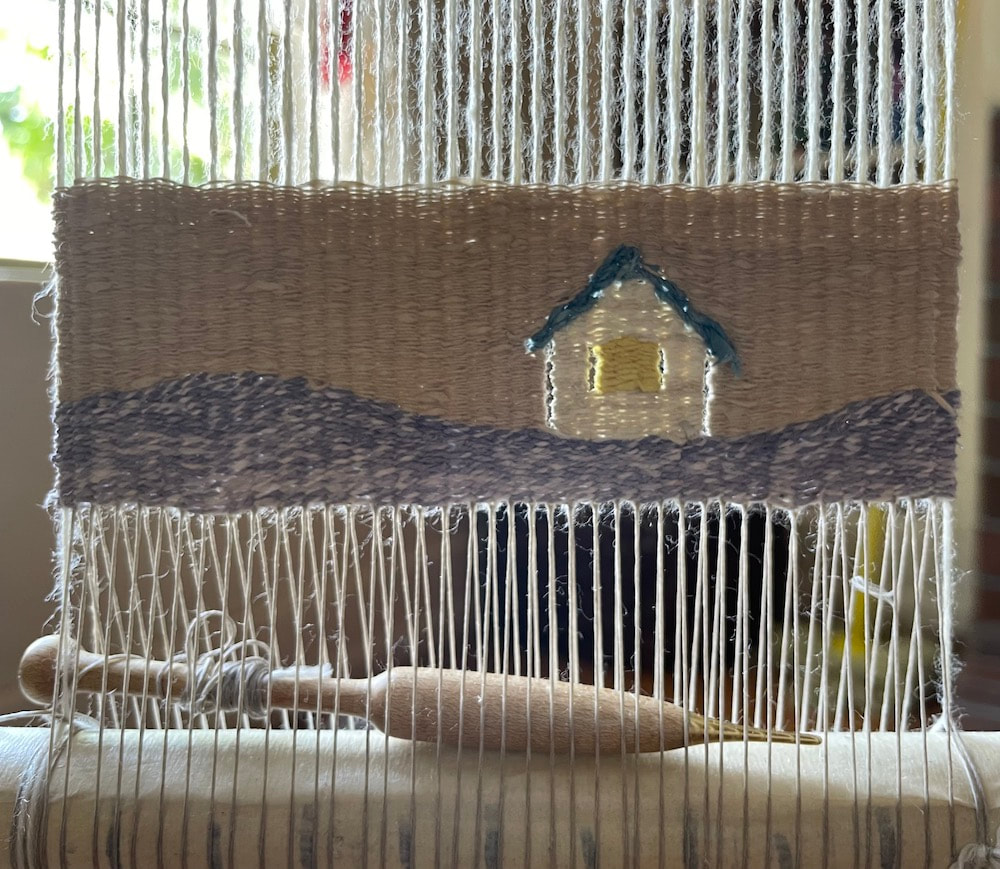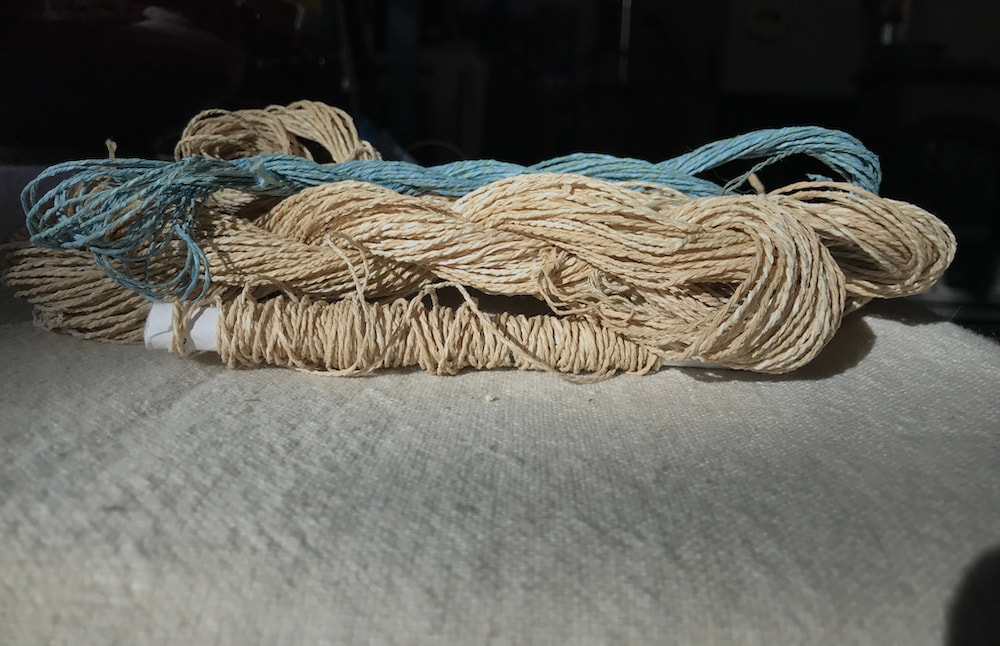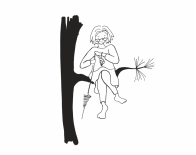about these little open warp
gridded paper tapestries.
The colors are pretty?
The grid is weirdly satisfying?
Love leaving room for the light?
Symmetry -- who knew?
All of the above?
of the marvelous material
in Rebecca Mezoff's new Design Class,
the second module of which
focuses on using line in tapestry.
Working with,
(and doing my best to defy)
the elemental structure of tapestry
has been a thing in my work for years,
and it is fun to revisit it so directly.
note: I apologize for bringing up this class as registration is now closed for the season,
but you can watch the trailer HERE,
--spoiler warning--includes a couple of clips of my dulcet tones going on about the joys of tapestry--
and do note that the non-interactive version
opens for registration in June so you can put that on your calendar --
and/or make sure to sign up for season two next year.
most definitely exerts
an enormous amount
of power over my choices.
how not to try to find a way
to let it shine
free from the distraction
of image of imposed narrative?
The look, feel, texture and behavior
of plain, coffee-stained paper
is irresistible to me.
And what joy, few days ago,
to receive a veritable bonanza
of new material.
extra large round filters
that my amazing sister
fished from the grounds
during her twice a week
coffee-shop-compost-collection,
then washed,
dried by draping all around her kitchen
and carried with her
when coming to visit me--
what better present could there be,
on both counts?
(If you scroll down the post in the link above--
though not too fast cuz her photos
are marvelous along the way--
you can see the buckets
of spent coffee grounds
as they come to her).
These filters,
though larger in diameter,
are of a similar thickness and feel
to the round ones I get from Jodi--
the source of all that color above.
Like the colored ones
I use scissors to cut them into
one continuous spiraling strand.
(pics of this in the post linked above).
Then: my friend Robin
delivered a second collection
of big square chemex filters--
individually rinsed and dried
over days and days.
As well a being square,
the paper in these
is significantly thicker than
the round ones,
so I cut them using what I believe
is the more traditional approach:
slicing into narrow strips with a sharp blade
before releasing into a continuous strand
that zig zags back and forth.
Robin also included
a few small cone-shaped Melita filters,
the paper of which I've worked with before.
Similar in weight/ texture
to the chemex above,
I nevertheless cut them with scissors
to get the most out of their curved shape.
The different materials make surprisingly different yarn,
and I'm just beginning to get a sense
of what I like best, when.
every day an experiment--
and if you are also interested in meandering
down this particular rabbit hole
I highly recommend some internet searches
Great sources of info:
Kigami and Kami-ito:
Japanese Handmade paper and paper /thread
by Hiroko Karuno,
Velma Bolyard's site/ blog
My posts under the "coffee filter yarn" tag on the right
as well as broadening my filter horizons,
I've also been comparing
my two charkhas for spinning and plying:
the book charkha above
(ratio about 100/1)
and the Ashford Charkha below
(ratio about 10/1)
Plusses and minuses to both--
Book:
- the speed of the book charkha is phenomenal
and makes paper spinning fast and pleasant.
-the thin shaft makes a paper pirn kind of a hassle
so singles have to be rewound for storage and use
Ashford:
-the slow speed is restful
(and annoying -- depending on the day and the material)
-spinning directly onto a paper pirn is great.
it is pretty slick to use one for spinning singles
and the other for plying and winding purns.
I'm still experimenting
with the singles vs plied thing too.
So far, I prefer to weave with singles
and knit with plied paper,
(the tapestry at the top of the post,
which uses both, notwithstanding).
My preference is based on:
-warp/weft/sett relationships
-the look of singles vs plied yarn when woven
-my casual paper-yarn-making skills/approach
-my insistence on using fragile materials
fished from the compost
rather than lokta,
strong, flexible washi,
or exquisite hanji
(which maybe some day I'll be fortunate enough to experience first hand).
Things usually do.
And in the meantime,
I'll just try to notice
the moments
of delight.
Thanks for your company.
